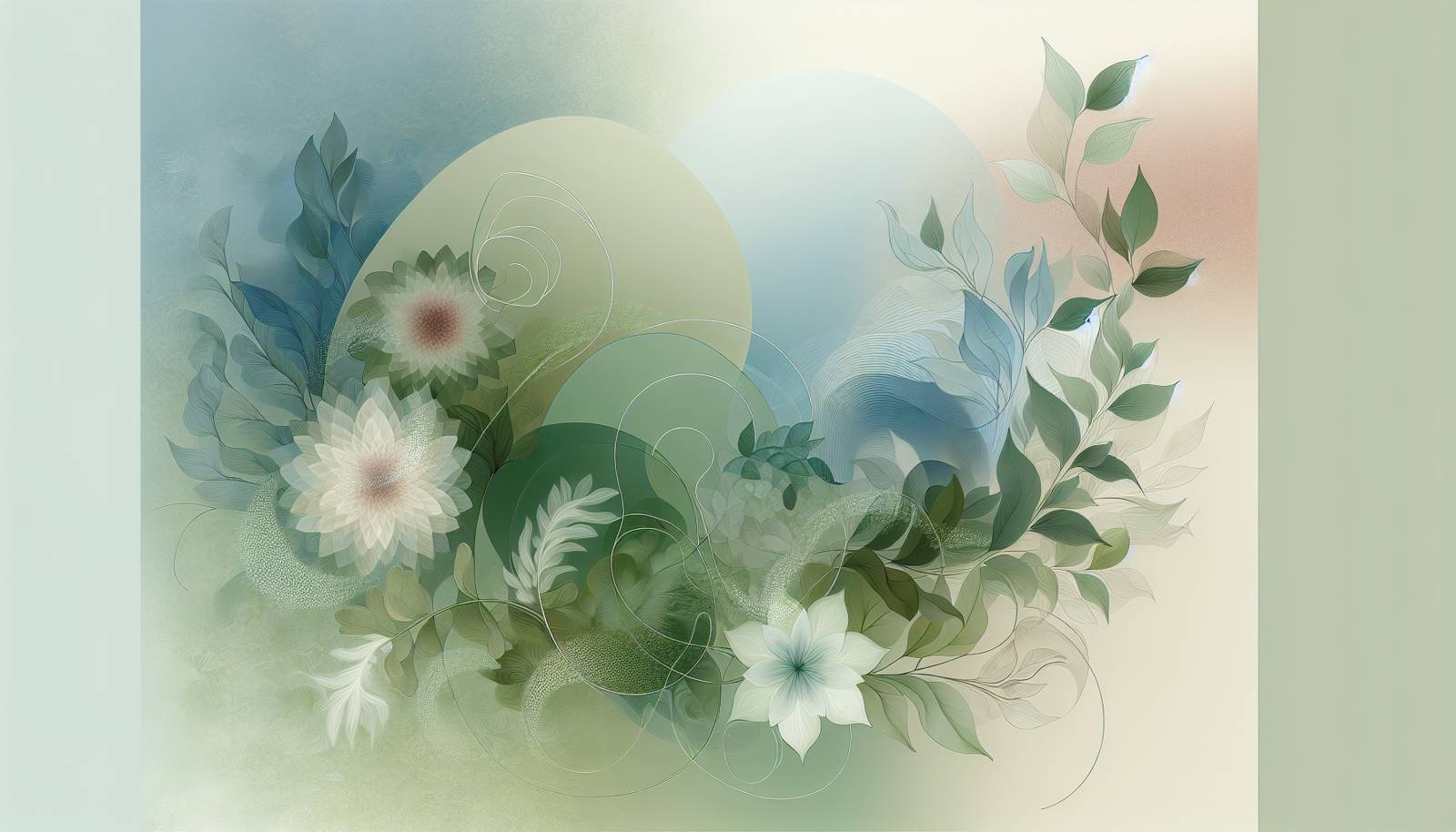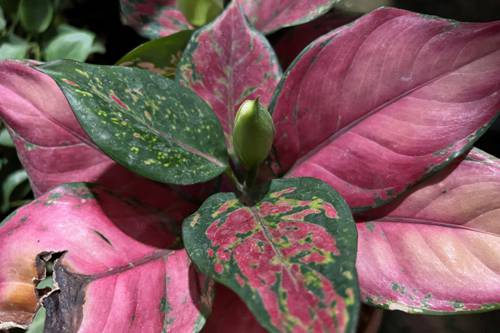
FAQ About Indoor Plant Seasonal Flowering Patterns

What factors influence the flowering patterns of indoor plants?
The flowering patterns of indoor plants are influenced by various environmental factors such as light exposure, temperature, humidity, and watering schedules. Indoor plants respond to changes in light duration and intensity, which can simulate seasonal changes that affect flowering times. Temperature also plays a crucial role, as some plants require specific temperature ranges to trigger blooming. Maintaining appropriate humidity levels and consistent watering can further enhance the chances of flowering.

How does light affect indoor plant flowering?
Light is a critical factor in indoor plant flowering as it simulates natural seasonal changes. Many plants are photoperiodic, meaning they require specific daylight lengths to trigger blooming. Therefore, adequate exposure to light, especially during the winter months, can promote healthy flowering. Using artificial grow lights can help mimic the natural daylight cycle and encourage indoor plants to flower.

Can indoor plants bloom all year round?
Some indoor plants can bloom year-round if provided with optimal growing conditions. Tropical plants such as orchids and African violets are examples of indoor plants that can flower continuously when given stable temperatures, consistent lighting, and proper care. However, many other plants have defined flowering periods and may require seasonal cues to bloom.

What are some common indoor plants known for seasonal blooming?
Common indoor plants known for seasonal blooming include poinsettias (which bloom in winter), Christmas cacti (also winter bloomers), and cyclamen (which typically flower in late fall through winter). Amaryllis is another plant that often flowers in winter, bringing vibrant color to indoor spaces during the colder months.

Why is my indoor plant not flowering despite proper care?
If your indoor plant is not flowering despite receiving what seems to be proper care, it could be due to insufficient light, incorrect watering, or lack of nutrients. Some plants also require a dormant period before they bloom, which involves a specific drop in temperature or light exposure. Ensuring the plant's specific needs for blooming can help trigger the desired flowering.

How can I simulate seasonal changes for indoor plants to promote flowering?
To simulate seasonal changes for indoor plants, adjust the light exposure by varying the length and intensity throughout the year. This can be done using timers on grow lights to mimic natural daylight hours. Additionally, slightly varying the temperature and humidity to reflect seasonal differences can help induce flowering. Some gardeners also change watering patterns, such as reducing water in cooler months, to encourage blooming.

Do all indoor plants have the same flowering patterns?
Not all indoor plants have the same flowering patterns. Flowering patterns can vary widely depending on the species and their natural habitats. Some plants may bloom once a year, while others might flower multiple times. Understanding the specific requirements and native conditions of each plant can help predict and enhance their flowering patterns.

What role does temperature play in the flowering of indoor plants?
Temperature is a significant factor influencing the flowering of indoor plants. Many plants require a drop in temperature, especially at night, to induce flowering. The correct temperature range can vary from one plant species to another, so it's important to research and provide ideal conditions based on each plant's needs. For example, some might benefit from cooler temperatures during their dormant periods to trigger eventual blooming.

How can I ensure my winter-blooming indoor plants flower on time?
To ensure winter-blooming indoor plants flower on time, maintain adequate light exposure by using grow lights if natural sunlight is insufficient. Providing optimum temperature and humidity levels is also essential. Some winter-blooming plants, like the Christmas cactus, benefit from a pre-bloom rest period where they experience cooler temperatures and reduced watering, mimicking a natural seasonal cycle.

Are there specific nutrients that promote flowering in indoor plants?
Certain nutrients can encourage flowering in indoor plants, particularly phosphorus and potassium. Phosphorus supports flower and root development, while potassium encourages overall plant health and blooming. Fertilizers formulated for flowering plants often contain higher levels of these nutrients. It's essential to follow instructions carefully as over-fertilizing can harm the plant.

What are the benefits of using artificial lights for flowering indoor plants?
Artificial lights can be highly beneficial for flowering indoor plants. They allow for the customization of light intensity and duration, which can be adjusted to mimic seasonal changes. This is particularly useful during shorter, cloudier winter days when natural light is limited. Grow lights provide the spectrum of light required for photosynthesis and can extend the daylight hours, helping to trigger and enhance blooming.

How do humidity levels affect the flowering of indoor plants?
Humidity levels can significantly affect the flowering of indoor plants. Many indoor plants, especially those native to tropical environments, require higher humidity to thrive and bloom. Maintaining consistent humidity levels can prevent the plants from drying out and encourage healthy flowering. Humidifiers or pebble trays can be used to boost humidity levels in indoor settings.

Is there a preferred watering schedule to help indoor plants flower?
The watering schedule for flowering indoor plants can vary depending on the species and their particular needs. Generally, it's crucial to ensure the plant is neither overwatered nor underwatered, as both can stress the plant and inhibit flowering. Adjusting the watering frequency according to the plant's lifecycle phase and environmental conditions can help support its flowering process.

Can stress promote flowering in indoor plants?
In some cases, mild stress can trigger flowering in indoor plants. This phenomenon is known as "stress-induced flowering," where conditions like drought, temperature fluctuation, or nutrient limitation encourage the plant to reproduce by flowering. However, it's important to manage stress carefully since excessive stress can damage the plant or lead to poor-quality blooms.

How do I care for indoor plants after they have bloomed?
After indoor plants have bloomed, it is important to remove dead flowers to prevent mold and redirect the plant's energy towards growth. Continue providing proper care by maintaining adequate light, water, and nutrients. Some plants may enter a dormant phase post-blooming, which might require reduced watering and fertilizer until new growth starts again.

Can I induce flowering in indoor plants out of season?
Yes, you can induce flowering in indoor plants out of season by manipulating environmental factors such as light, temperature, and humidity to mimic optimal conditions for blooming. Careful control of these parameters allows some flexibility in maintaining flowering schedules outside their natural cycles.

What are some common mistakes that prevent indoor plants from flowering?
Common mistakes that can prevent indoor plants from flowering include insufficient light, overwatering, lack of nutrients, and incorrect temperature settings. Additionally, neglecting to provide a necessary dormant period for specific plants that require it can also inhibit flowering. Ensuring each plant's particular requirements are met is crucial for successful blooming.

Do indoor plants attract more pests when they are flowering?
Flowering can make indoor plants more attractive to pests, as blooms may provide sustenance for insects. Monitoring plants closely during their flowering stages and implementing natural pest control methods, like neem oil or insecticidal soap, can help keep pest problems under control while maintaining healthy blooms.

How does the indoor blooming cycle differ from outdoor plants?
Indoor blooming cycles may differ from outdoor plants due to the controlled environment in which they grow. Indoor plants can experience more stable temperatures and tailored lighting conditions, which can alter their natural cycles. Conversely, outdoor plants experience direct seasonal changes and greater exposure to environmental stressors that can significantly influence their blooming patterns.

Can pruning affect the flowering of indoor plants?
Pruning can positively affect the flowering of indoor plants by removing dead or weak parts of the plant, which encourages healthier growth and flowering. However, it's crucial to know the right time and method for pruning, as improper pruning can damage the plant or inhibit its ability to bloom. For instance, some plants should be pruned after flowering, while others benefit from pruning during specific growth stages.
